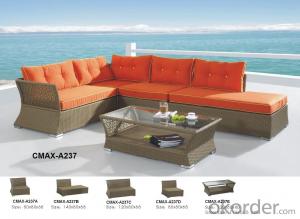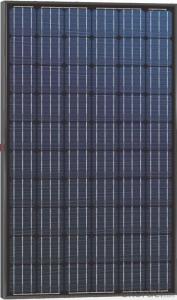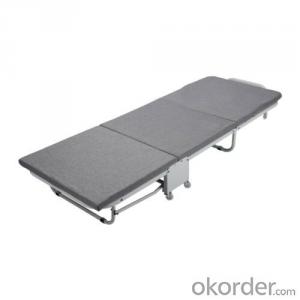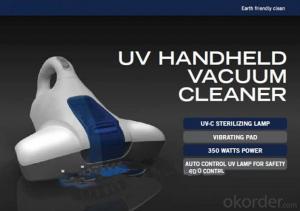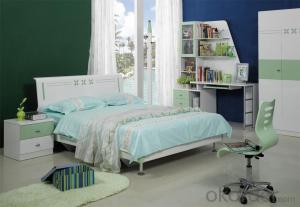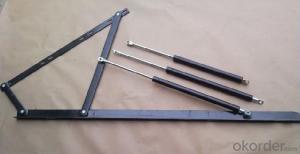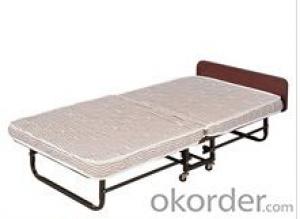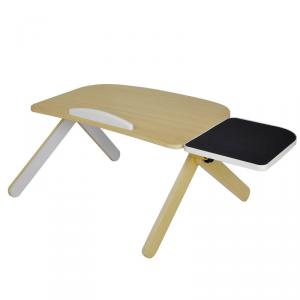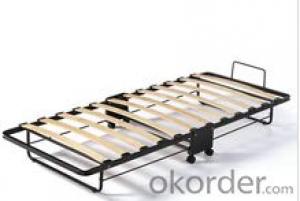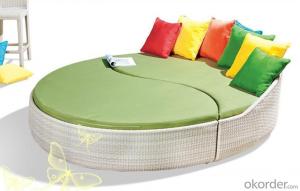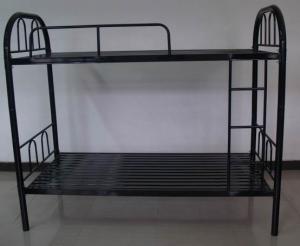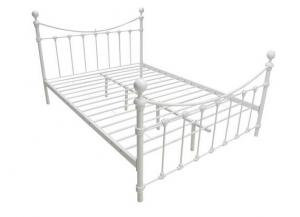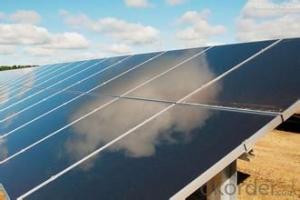Bed Backboard
Bed Backboard Related Searches
Stainless Steel To Aluminum Melting Temp Of Stainless Steel Grades Of Stainless Steel Chart Toxicity Of Stainless Steel Benefits Of Stainless Steel Emissivity Of Stainless Steel Black Stainless Steel Sheet Stainless Steel Tape Measure Outdoor Stainless Steel Kitchen Stainless Steel Outdoor KitchenHot Searches
Wholesale UPVC Pipe Price Philippines Outdoor Led Signs Wholesale Led Signs Wholesale Wholesale Knife Price Philippines Wholesale Glue Gun Price Philippines Wholesale Laser Rangefinder Price Philippines Wholesale Drill Bit Price Philippines Wholesale Scissors Price Philippines Wholesale Chisel Price Philippines Wholesale Wrench Price Philippines Solar Items Wholesale White Plastic Folding Chairs Wholesale Black Plastic Plant Pots Wholesale Cost Of Folding Chairs Plastic Flower Buckets Wholesale Wholesale Plastic Folding Chairs Wholesale Plastic Hanging Baskets Plastic Planter Liners Wholesale Cheap Flower Pots Wholesale 3 Gallon Nursery Pots WholesaleBed Backboard Supplier & Manufacturer from China
Okorder.com is a professional Bed Backboard supplier & manufacturer, offers integrated one-stop services including real-time quoting and online cargo tracking. We are funded by CNBM Group, a Fortune 500 enterprise and the largest Bed Backboard firm in China.Hot Products
FAQ
- Solar cells perform well in high altitude environments due to several factors. Firstly, at higher altitudes, there is less atmospheric interference, which means that solar cells receive more direct sunlight and can generate more electricity. Additionally, the colder temperatures at high altitudes can improve the efficiency of solar cells, as they operate more efficiently at lower temperatures. Furthermore, in regions with high altitude, there is often less cloud cover and air pollution, allowing solar cells to receive even more sunlight and operate at maximum capacity. Overall, solar cells are highly suitable for high altitude environments and can provide efficient and reliable renewable energy generation.
- The role of solar cells in solar-powered water heaters is to convert sunlight into electricity. These solar cells, also known as photovoltaic cells, capture the sun's energy and convert it into direct current (DC) electricity. This electricity is then used to power the water heater, which heats the water using the sun's energy. By harnessing the power of the sun, solar cells enable the water heater to operate without relying on traditional energy sources, making it more sustainable and environmentally friendly.
- Yes, solar cells can certainly be used to power medical devices. Solar-powered medical devices provide a sustainable and reliable source of energy, especially in remote or resource-limited areas where access to electricity may be limited. By harnessing the sun's energy, solar cells can power various medical devices such as diagnostic tools, monitoring systems, prosthetics, and even small surgical instruments. Solar power offers great potential for enhancing healthcare delivery and improving access to medical services globally.
- Yes, solar cells can be used in large-scale power plants. In fact, many countries are already utilizing solar power plants to generate electricity on a massive scale. These power plants consist of numerous solar panels or arrays that convert sunlight into electricity. With advancements in technology and decreasing costs, solar cells are becoming an increasingly viable option for large-scale power generation.
- Solar cells can still perform well in humid climates, although their efficiency might be slightly reduced compared to dry climates. The moisture in the air can cause some scattering of sunlight and create a film of water on the surface of the solar panels, which can decrease their efficiency. However, advancements in solar cell technology have been made to mitigate the effects of humidity, such as using anti-reflective coatings and self-cleaning mechanisms. Overall, solar cells can still generate electricity effectively in humid climates.
- Yes, solar cells can be used for aerospace applications. They are commonly used in spacecraft and satellites to harness solar energy and provide power for various systems and instruments. Solar cells are lightweight, compact, and highly efficient, making them ideal for aerospace applications where weight and space are crucial considerations.
- Solar cells play a crucial role in powering streetlights by converting sunlight into electrical energy, which is then used to illuminate the streetlights. They provide a sustainable and renewable source of power, reducing dependence on the electrical grid and minimizing carbon emissions. Moreover, solar cells enable streetlights to operate efficiently, even in remote or off-grid locations, making them an environmentally friendly and cost-effective solution for outdoor lighting.
- Solar cells play a crucial role in powering emergency response systems by providing a reliable and sustainable source of energy. During emergencies, when the traditional power grid may be disrupted or unavailable, solar cells can generate electricity from sunlight, ensuring continuous operation of critical systems such as communication devices, lighting, and medical equipment. This renewable energy source helps emergency responders effectively carry out their duties, enabling them to provide aid, maintain connectivity, and save lives in challenging situations.




